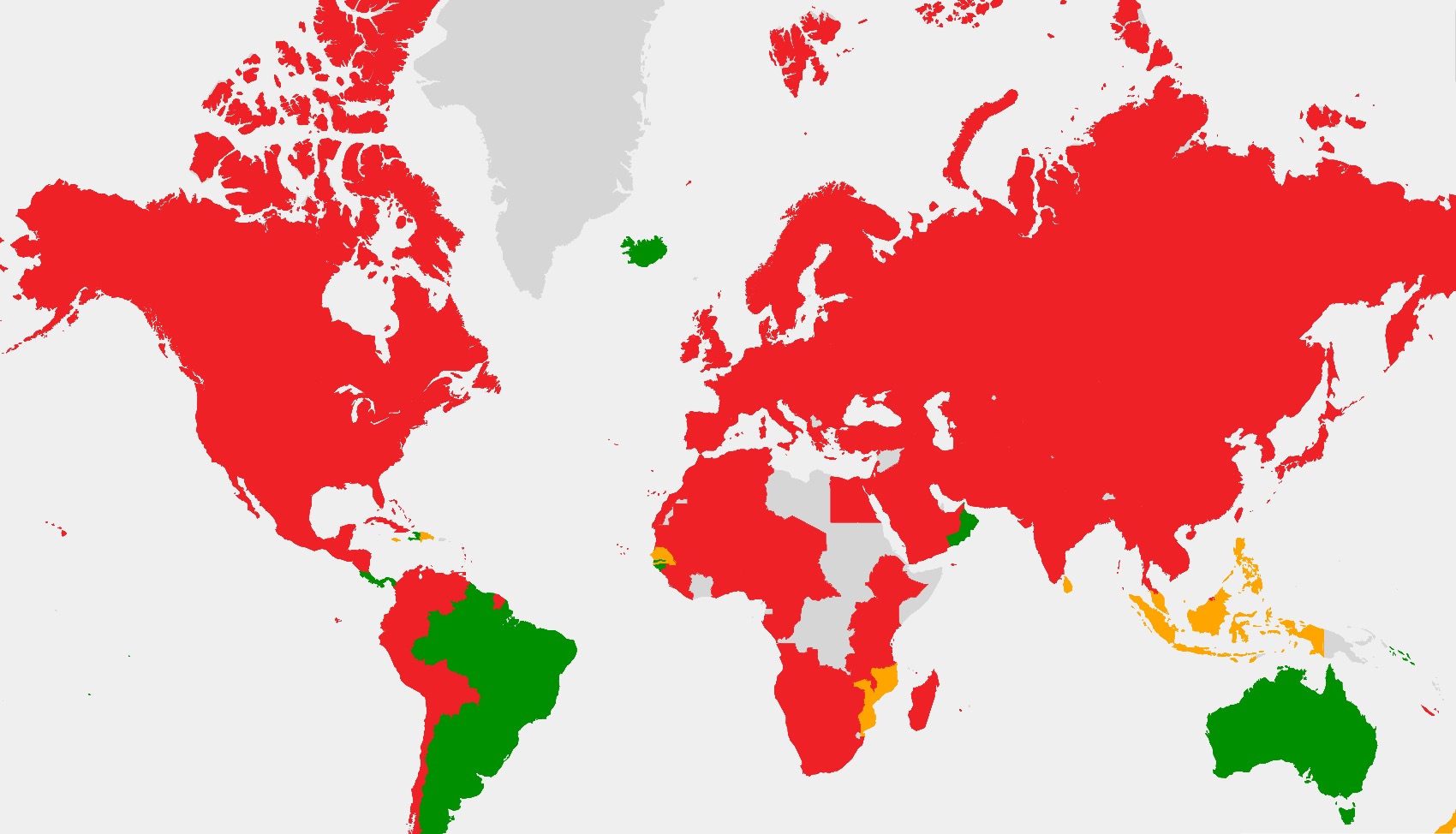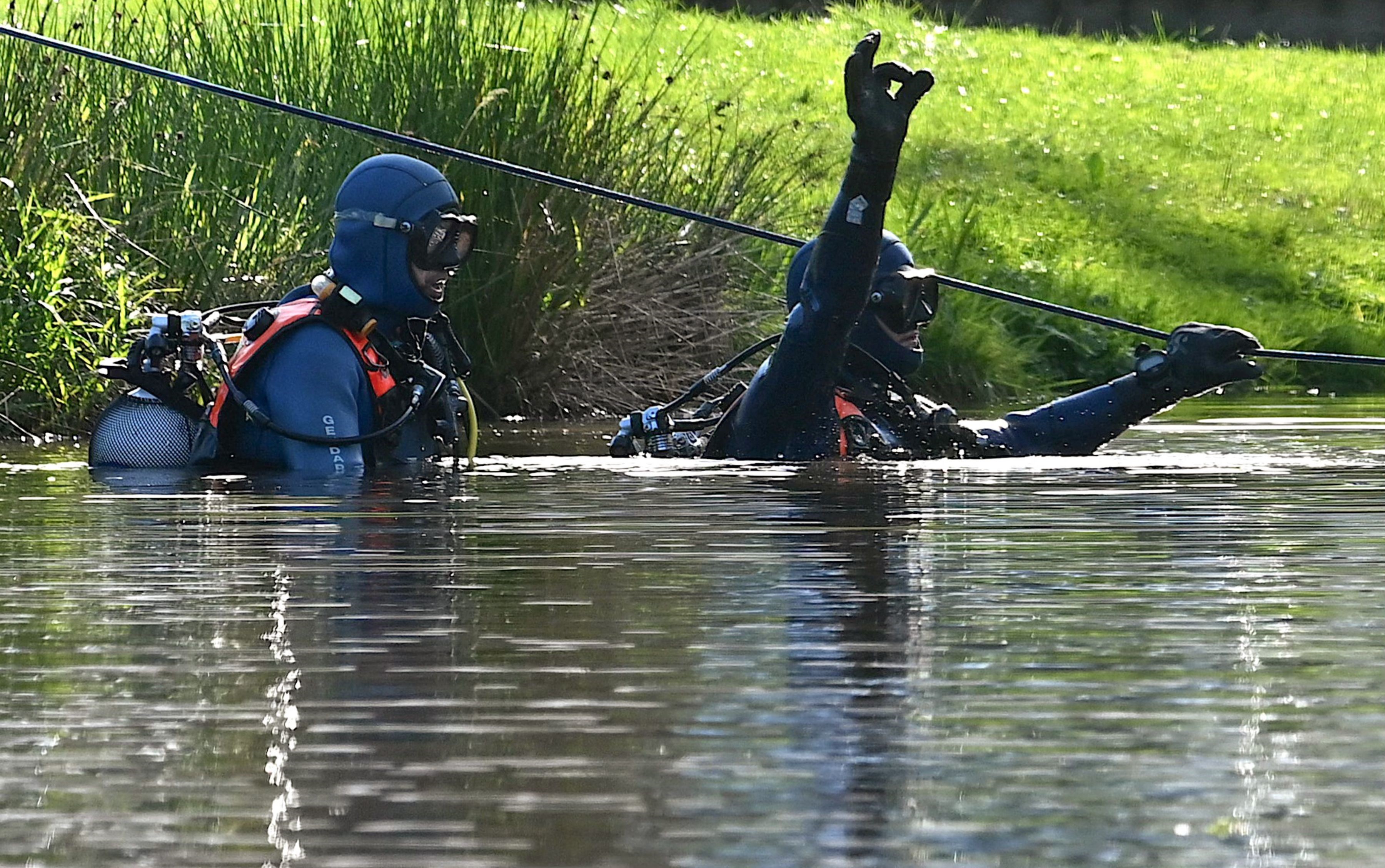No parent wants to send their child to school fearful for their safety, and no student ought to have to go to school and be afraid. But we sadly live in an increasingly challenging and charged environment for young people.
As Jonathan Haidt has brought to light in his recent book, The Anxious Generation, more teens are struggling with anxiety, depression, and other mental health challenges than ever before. And so, for far too many families, those fears have turned into a tragic reality.

Spurred by the devastating shooting at Robb Elementary School in Uvalde, Texas, Congress answered the call for more mental health resources and school safety measures by way of the Bipartisan Safer Communities Act. We were proud to champion this legislation, which was enacted in June 2022.
We crafted this landmark law with a simple purpose: to reduce violence and save lives. The law contains commonsense measures to improve how our schools address mental health, alongside targeted resources to help harden schools against violent threats.
Too often, adolescents with untreated mental health conditions become the very same perpetrators who commit acts of violence. For this reason, we crafted our law to ensure teachers and administrators are equipped with the tools to recognize when a student is experiencing a mental health crisis and, more importantly, connect them with the care they need before it's too late.
The Bipartisan Safer Communities Act made the largest investment in community-based mental health care in American history, from expanding the community behavioral health center model nationwide, to increasing access to suicide prevention programs and crisis intervention.

This law addressed student mental health by expanding support services like early identification and providing the resources to help bring 14,000 additional mental health professionals into U.S. schools. To date, more than $570 million in awards provided by the law have already gone to K-12 schools across America to bolster their mental health programs and personnel.
Our legislation paired these investments with school hardening provisions, including more than $1 billion in grants to institute safety and security measures and hire additional school resource officers, on campuses nationwide.
Many schools have already received and put into action these grants for everything from safety film for exterior doors to video management systems and specialized radios to help school resource officers respond swiftly in an emergency.

Thousands of schools across the country have benefitted from the Bipartisan Safer Communities Act's provisions to make their learning environments safer and, in turn, more productive for the students, teachers, and administrators alike. In some instances, school safety measures like the ones supported by our law have literally saved lives.

According to law enforcement, more lives could have been lost on the devastating September day when an armed 14-year-old walked into Apalachee High School in Winder, Georgia, and killed four innocent people, had it not been for the school's alarm system that notified police of an emergency.
We're proud of the Bipartisan Safer Communities Act and the impact it's had on our students and in our schools.
We encourage each and every district to pursue the grants provided by this law as we work together to ensure children of all ages and walks of life can grow, learn, and thrive.
This is a law that has and will continue to save lives, and there's no better benchmark for success than that.
Senators John Cornyn, Susan Collins, and Thom Tillis are United States Senators.
The views expressed in this article are the writers' own.



.webp)















 English (US) ·
English (US) ·